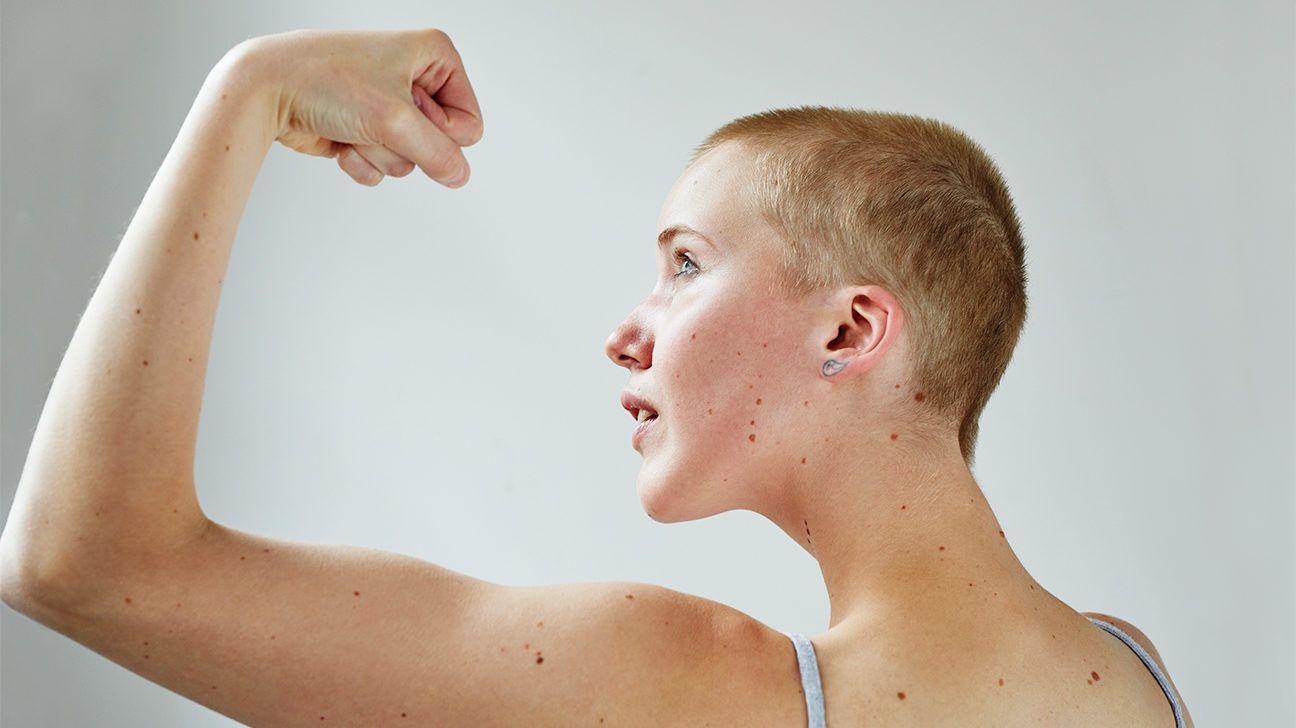We include products we think are useful for our readers. If you buy through links on this page, we may earn a small commission. Here’s our process.
Greatist only shows you brands and products that we stand behind.
Our team thoroughly researches and evaluates the recommendations we make on our site. To establish that the product manufacturers addressed safety and efficacy standards, we:- Evaluate ingredients and composition: Do they have the potential to cause harm?
- Fact-check all health claims: Do they align with the current body of scientific evidence?
- Assess the brand: Does it operate with integrity and adhere to industry best practices?
According to the CDC, almost half of U.S. adults are looking to lose weight.
But if you’ve ever started a weight loss program only to find that the scale isn’t budging, you know it can seriously mess with your motivation. You’re not alone, and here’s why it’s happening.
Ever heard the claim that a pound of muscle weighs more than a pound of fat? It’s false! A pound is a pound (of feathers, glass, Jell-O — you name it).
However, muscle does have a greater density than fat, meaning it takes up less volume than an equal amount of fat. This explains why someone can look slimmer without a significant drop in weight.
The reverse is true too. This effect is often noticeable in older adults, since muscles tend to shrink with age and damaged muscle cells are repaired at a much slower rate. (Your mind’s not playing tricks on you — Grandma is actually shorter these days.)
While it’s a myth that muscle “weighs” more than fat, research does show that excess body fat can contribute to serious health conditions like stroke, heart disease, and diabetes.
It may be a good idea to talk to your doctor and find out if your body composition is optimal for your health goals. Keep in mind that everyone is different and no two bodies are alike.
In the meantime, here’s how to get an accurate picture of how much fat and muscle you actually have on your frame.
BMI
The body mass index (BMI) is by far the most popular metric for what’s “healthy” when it comes to body composition. But it’s tricky to determine the ideal figure for each person, given how much muscle can shift the numbers.
That’s why some people have criticized the CDC’s BMI calculator. It takes into account only weight and height — not muscle or frame size. It simply can’t tell you how much fat you have.
If your result is 18.5 to 24.9, doctors would put you in the “normal” weight range for your height.
WHR
The World Health Organization (WHO) recommends the waist-to-hip ratio (WHR) method, which may be more accurate than the BMI. In 2015, a study of 15,000 people found that a high WHR was linked with increased risk of death — even when those people had a “normal” BMI.
To check your WHR, grab a measuring tape. Measure around the smallest part of your waist and then around the largest part of your hips and butt.
Next, divide your waist circumference by your hip circumference. According to WHO, a “healthy” WHR is 0.9 or less for women and 0.85 or less for men.
Measuring tape
On your health journey, you can also take progress pictures and body measurements every 4 to 6 weeks at the same time of day (mornings are a fan favorite). Grab your measuring tape and jot down the circumferences of these areas in a journal or on your phone. Don’t forget the date!
- neck
- biceps or widest part of your upper arms (your dominant side may be larger)
- natural waist (for women)
- widest part of your stomach
- hips
- butt
- thighs
- calves
If you’re OK with it, ask a friend to help you measure. It can be tricky to measure your left biceps with only your right hand (some of us just don’t bend that way).
Body fat percentage
To get super technical, you can buy a body fat scale if you’d rather know the specifics in the comfort of your own home. You can also head to the gym and have a trainer measure you with calipers, a method that’s been around for at least 50 years.
Your gym may also have a handheld body fat analyzer. It looks like a machine from the future, and it works by sending a (harmless) current through your body.
Basically, if you have more fat, the signal travels more slowly. If you have less fat, the signal speeds up. If you give this a go, know that your results may vary depending on how accurate the device is and how hydrated you are.
Good ol’ mirror check
Though these methods are less precise, you can also measure your results by how you feel, with a glance in the mirror, or based on how your clothes fit.
And don’t forget: Success isn’t just physical — strength counts too. Celebrate your personal records (PRs) in the gym as well.
If you’ve been spending quality time with the treadmill or weight rack, don’t break off the relationship just because the scale isn’t moving in the “right” direction.
While your actual weight may not waver, your ratio of muscle to fat is likely increasing. Give it a few weeks and you’ll start to notice the unexpected health benefits way beyond your physical appearance. Trust us: You’ll be glad you stuck with it.


